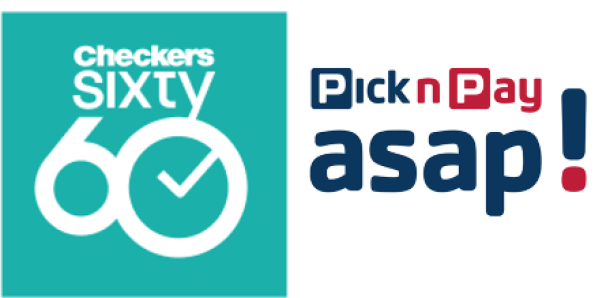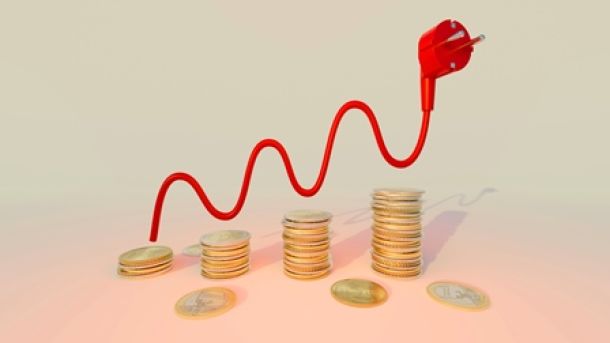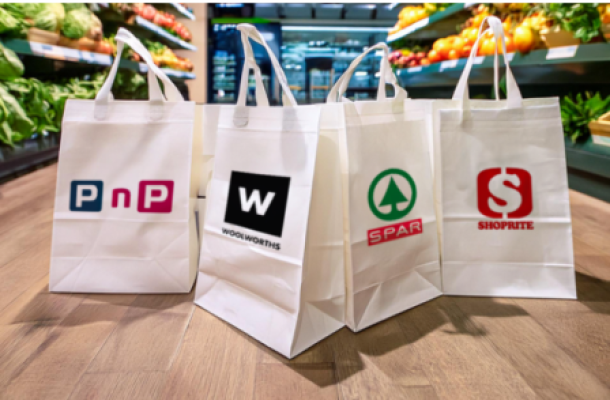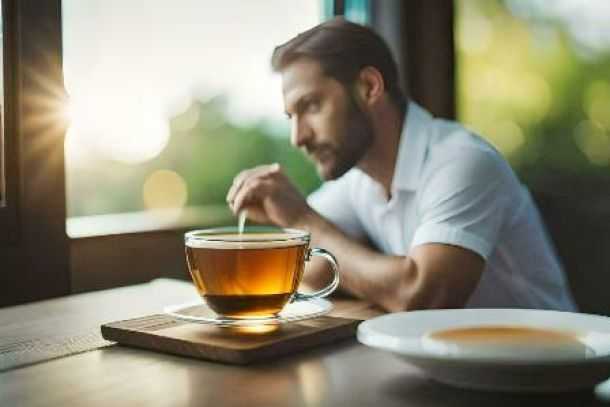Understanding the Impact of Category Shopping Fundamentals
Recent global research by Nielsen identifies the main drivers that move our customers through the various categories and some factors affecting their decision making processes.
There’s no mistaking the impact that digitalization and personalization trends are having on the consumer’s path to purchase. With convenience and preference driving behaviours and the paths consumers take to the cash register—whether virtual or traditional—it is vital for brands and retailers to understand what factors are actually influencing their choices. It’s also essential to understand how categories perform relative to others. That’s where shopper fundamentals can help.
But having the individual elements of shopper behaviour isn’t enough. The winners of tomorrow will have the insights they need, and that information will be coherently synthesized so they can develop holistic strategies. In short, with the pace of evolution increasing, brands need to be able to overlay specific shopper attitudes with true purchasing behaviour in order to determine both the impact and opportunity.
In reviewing the findings from Nielsen’s most recent Category Shopping Fundamentals study, retailers and manufacturers can see how a better understanding of three key influencers may open doors to new incremental revenue.
FRESH PRODUCE AND BEVERAGES ARE TOP TRIP DRIVERS
Knowing what consumers are buying, and buying often, is critical in any retail environment. In the CPG realm, fresh produce, beverages (soft drinks and coffee) and eggs are strong trip drivers, ranking highest among all food departments in terms of what drives the most trips to the store. With that insight in mind, retailers have a better sense of where to focus their store marketing efforts to drive additional incremental visits.
In addition to being key trip drivers, consumers purchase items from the fresh department most frequently per trip. Fresh unbranded staples like produce, milk, meat and eggs are key trip-driving categories. In fact, consumers buy fresh produce and milk in 40% of all trips to the store.
In the non-food space, the medical prescription (where applicable) and pet care categories dominate in terms of trip drivers. Unlike most other fast-moving consumer goods (FMCG), consumers make a significant amount of trips for specialty items, like products in the pet category. However, these trips represent an opportunity for conventional grocery and mass stores, which could lead to higher overall basket rings.

News Category
- International retailers
- On the move
- Awards and achievements
- Legislation
- Wine and liquor
- Africa
- Going green
- Supplier news
- Research tools
- Retailer trading results
- Supply chain
- Innovation and technology
- Economic factors
- Crime and security
- Store Openings
- Marketing and Promotions
- Social Responsibility
- Brand Press Office
Related Articles

Checkers Sixty60 wipes floor with Pick n Pay As...

Top tips for consumers to combat escalating ele...

Clear winner in South African retail battle

Drinks survey reveals Rooibos as a top choice a...


